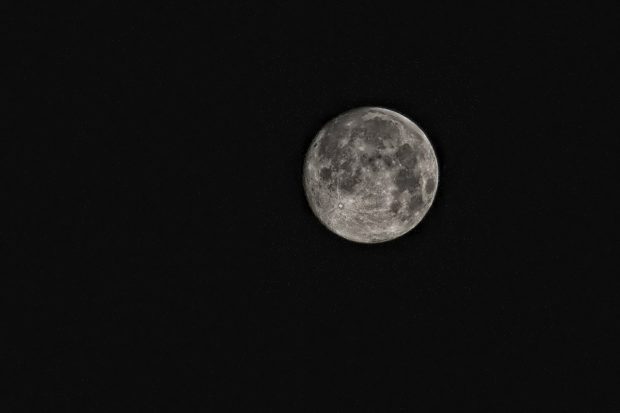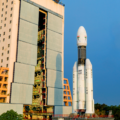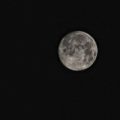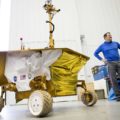NASA Scientists have created the first ever map of water trapped in the upper layers of the Moon’s surface .This data may prove useful to future lunar explorers—using data from an instrument NASA had aboard India’s Chandrayaan-1 satellite that orbited the moon.
The study, published in the journal Science Advances, builds on the initial discovery in 2009 of water and a related molecule—hydroxyl, which consists of one atom each of hydrogen and oxygen—in the lunar soil.Scientists from Brown University in the US used a new calibration of data taken from Nasa’s Moon Mineralogy Mapper, which flew aboard Chandrayaan-1 spacecraft, to quantify how much water is present on a global scale.
“The signature of water is present nearly everywhere on the lunar surface, not limited to the polar regions as previously reported,” said Shuai Li, former PhD student at Brown University.The amount of water increases toward the poles and does not show significant difference among distinct compositional terrains,”
The water concentration reaches a maximum average of around 500 to 750 parts per million in the higher latitudes. That is less than what is found in the sands of Earth’s driest deserts, researchers said.
“This is a roadmap to where water exists on the surface of the Moon,” said Ralph Milliken, an associate professor at Brown.
“Now that we have these quantitative maps showing where the water is and in what amounts, we can start thinking about whether or not it could be worthwhile to extract, either as drinking water for astronauts or to produce fuel,” said Milliken.
They said that the way the pattern of water distributed across the Moon can give us a idea about its source. The distribution is largely uniform and not weird, with concentrations gradually decreasing toward the equator.That pattern is consistent with implantation via solar wind—the constant bombardment of protons from the Sun, which can form hydroxyl and molecular water once emplaced.
Although the bulk of the water mapped in this study could be attributed to solar wind, there were exceptions.For example, the researchers found higher-than-average concentrations of water in lunar volcanic deposits near the Moon’s equator, where background water in the soil is scarce.
Researchers say rather than coming from solar wind, the water in those localised deposits likely comes from deep within the Moon’s mantle and erupted to the surface in lunar magma.The study also found that the concentration of water changes over the course of the lunar day at latitudes lower than 60 degrees, going from wetter in the early morning and evening to nearly bone dry around lunar noon.
The fluctuation can be as much as 200 parts per million.
“This raises the possibility that water may re-accumulate after extraction, but we need to better understand the physics of why and how this happens to understand the timescale over which water may be renewed,” said Milliken.
So do you like to read such articles , consider liking our page on Facebook here , following us on Twitter here ,or if you love some visual treatment , we make some high quality videos on YouTube as well which you can view here . have a great day :). Visit our hompage HERE for the LATEST SCIENCE NEWS.
credits: Livermint




